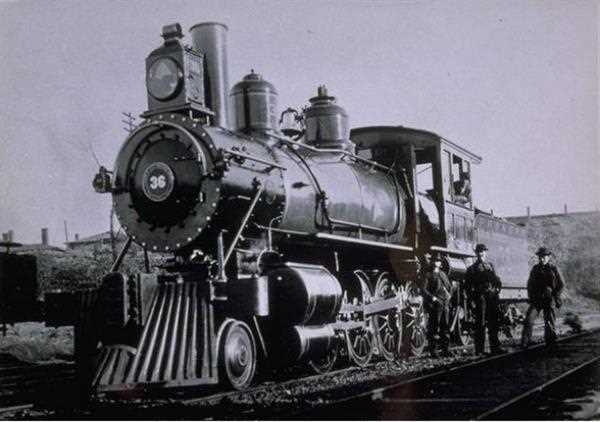In the early 19th century, steam engines began to revolutionize the way people traveled on rivers and canals. Before the invention of steam engines, people had to depend on oars, sails, and horses to move their boats and barges along canals and rivers. This method of transportation was slow, tedious, and often unreliable. The steam engine is one of the most important inventions in the history of transportation. It revolutionized travel on rivers and canals by providing a reliable and efficient means of propulsion.
The steam engine changed all that. A steam engine consists of a boiler, a cylinder, and a piston. The boiler heats water until it turns to steam. This steam is then forced through a cylinder and pushes the piston back and forth. The power generated from the piston is used to turn a shaft, which is then connected to a paddle wheel or propeller. This power allowed boats to move quickly and efficiently through water. The steam engine also allowed for much longer journeys. Steamers were able to travel up to 200 miles in a single day compared to the 30 or 40 miles that were possible with sails or oars. This made it much easier for people to travel long distances by water.
The introduction of steam-powered boats also significantly improved the safety of river and canal travel. Before the invention of steam engines, people were at the mercy of the wind and the current when traveling along rivers and canals. If a boat was caught in a storm or strong current, it could quickly become stuck and the people on board could find themselves stranded. However, steam engines allowed boats to move at a consistent speed, regardless of the weather or the current. This made the rivers and canals much safer to travel, allowing for more reliable and efficient transportation.
In addition, the invention of steam engines allowed for the development of bigger and stronger boats. Before the invention of steam engines, boats were limited in size due to the lack of power they had to propel them. However, with the introduction of steam engines, boats were able to be much bigger, allowing them to carry large and heavy cargo and passengers. This improved the transportation of goods, allowing for the transportation of larger items and larger numbers of people.

The steam engine also had a positive impact on the economy. By providing a reliable and fast form of transportation, more goods could be transported faster and farther. This increased economic activity in the area, leading to more jobs and greater economic growth.
The steam engine also allowed for unprecedented levels of comfort, as passengers could now enjoy a smoother and quieter ride than ever before. This made river and canal travel much more popular, which helped promote tourism and leisure activities.
Overall, steam engines have had a tremendous impact on river and canal travel. They have allowed for faster, more reliable, and safer transportation along rivers and canals. They have also allowed for the development of bigger and stronger boats, which has improved the transportation of goods and people. Without the invention of steam engines, river and canal travel would undoubtedly be a much different experience today.